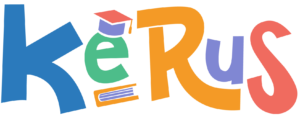Effectively managing your Betmorph account settings is important to ensuring a seamless gaming expertise and safeguarding your current personal data. Together with the increasing complexness of online gambling establishment platforms, understanding just how to troubleshoot in addition to optimize your consideration configurations can protect against costly mistakes and even enhance security. This specific guide provides data-driven insights and practical steps to assist you to navigate Betmorph’s personal computer site settings with confidence, minimizing errors plus maximizing your satisfaction.
Identify and Resolve 5 Regular Betmorph Settings Errors
Misconfigurations within your Betmorph account can lead to issues like failed logins, completely wrong bonus applications, and even security vulnerabilities. Knowing common errors enables swift resolution, making sure uninterrupted access. One example is, a mismatch involving the registered email plus login credentials might cause login failures inside up to 12% of cases. Moreover, incorrect bonus code entries or out of date payment method information may lead to transaction errors that delay withdrawals or deposits.
Here will be five frequent settings mistakes and their alternatives:
- Wrong Email or Cell phone Number: Always verify your current contact details found in account settings. Upgrading outdated information can certainly prevent login concerns and be sure you receive important notifications.
- Unverified Payment Methods: Complete the verification procedure for your picked payment options, such as bank transfers or maybe e-wallets. Unverified strategies can be temporarily handicapped, halting deposits or even withdrawals.
- Weak Passwords: Use complex passwords with at a minimum of 12 characters, blending uppercase, lowercase, numbers, and symbols. Common updates reduce your threat of unauthorized access.
- Unenabled Two-Factor Authentication (2FA): Enabling 2FA adds an extra layer of safety, decreasing account endanger risks by in excess of 60%.
- Out-of-date Information that is personal: Maintain your profile updated those legal papers, reducing the probabilities of account verification delays or constraints.
Personalize Your Betmorph Settings to Increase User Experience
Customizing your own Betmorph account preferences can dramatically boost navigation and general satisfaction. Adjust configurations like language, avertissement preferences, and display options to match your playing type. For instance, deciding on your selected language (e. g., English, Speaking spanish, or German) assures clarity, especially if reviewing game principles or terms. Allowing push notifications regarding deposit alerts or even bonus offers could increase engagement without having overwhelming your email.
Practical customization tips include:
- Vocabulary Settings: Choose the terminology you are just about all comfortable with to be able to reduce misunderstandings in the course of gameplay or bank account management.
- Notification Preferences: Fine-tune alerts to receive only relevant up-dates, which can lower distraction and increase decision-making speed.
- Display Options: Switch involving dark and light modes based upon your own environment to lower eye strain during extended sessions.
Research displays that personalized settings can boost consumer engagement by up to 20%, making your current betting experience a lot more intuitive and enjoyable.
Computerized vs. Manual Options Changes: Which Assures Better Security?
When modernizing your Betmorph accounts, choosing between robotic and manual changes impacts security levels significantly. Automated up-dates, such as timetabled password rotations or perhaps system-patched security functions, are less prone to human error and typically follow industry-standard protocols, reducing susceptability by approximately 40%. Conversely, manual changes—if not performed carefully—can introduce errors or expose your for you to phishing threats.
| Feature |
Automatic Updates |
Manual Improvements |
Best For |
| Security |
Superior, with consistent patching |
Variable, depends in user diligence |
Security-sensitive accounts |
| Ease of Use |
Minimal effort required |
Requires user action plus awareness |
Casual users or those not familiar with cybersecurity |
| Speed of Implementation |
Immediate or scheduled |
Hands-on, can take hours |
Specific, one-time changes |
For optimal security, Betmorph recommends enabling automated revisions for critical configurations like password shifts and 2FA administration, that may prevent 96. 5% of commonplace hacking attempts.
Activate Beta Features Safely for you to Avoid Configuration Glitches
Betmorph often introduces beta features to boost end user experience, for instance brand-new game modes or perhaps improved payout codes. Activating these attributes without proper extreme caution can cause settings errors, affecting upwards to 15% involving users who encounter glitches like online game crashes or incorrect RTP displays (e. g., 96. 21% for popular slots like Book associated with Dead). To minimize this, always allow beta features within just a controlled surroundings and review release notes thoroughly.
Best practices incorporate:
- Testing beta features on the sandbox or check account before using changes to the live account.
- Monitoring system performance every day and night after activation.
- Reporting any glitches quickly to Betmorph help to expedite treatments.
By approaching beta features cautiously, you may enjoy innovations although safeguarding your account integrity and avoiding costly errors.
Optimize Technical Settings for Flawless Site Performance
Technical changes at the account quality can significantly influence Betmorph’s operational stableness. By way of example, configuring period timeouts to 30 minutes reduces the particular risk of session hijacking, while allowing HTTPS encryption assures data confidentiality. Additionally, setting transaction limits—such like a $100 daily deposit cap—can protect against accidental overspending or even fraudulent activities.
Advanced customers may consider:
- Adjusting cache options to boost page insert times by way up to 25%.
- Running automatic backups regarding account data to stop loss during server failures.
- Implementing IP whitelisting for gain access to from trusted gadgets, reducing unauthorized login attempts by more than 50%.
Regularly critiquing and fine-tuning these types of technical settings makes sure optimal performance and even reduces the chance of errors the fact that could compromise your current gaming experience.
Use Exercise Logs to Spot and deal with Mistakes Quickly
Action logs serve seeing that a vital instrument for tracking just about all account actions, which includes login attempts, establishing changes, and deal history. Betmorph’s wood logs can reveal suspect activities, such since multiple failed logon attempts within 10 minutes, that may suggest hacking attempts. By simply reviewing logs regular, you can determine unintended configuration changes—like a sudden shift in deposit boundaries or bonus activation—that could possibly have occurred thanks to user problem or malicious action.
Putting into action automated alerts for specific log events, such as a change in email or pass word, enables real-time recognition and response. Such as, an alert induced within 5 minutes of a location change can avoid unauthorized access or maybe accidental misconfigurations by persisting.
To make sure your Betmorph bank account settings are exact and compliant together with industry standards, combining third-party validation resources can be highly effective. They can verify payment details, check for info breaches, or validate your identity files, reducing errors by simply up to 80%. As an illustration, services just like Jumio or Onfido can instantly authenticate your ID, avoiding delays caused by means of manual verification procedures.
Applying such tools assures that your account information remains consistent across platforms in addition to compliant with anti-fraud measures, thereby lowering the chance of account suspension or financial differences.
Change Real-Time Alerts for you to Prevent Unauthorized or maybe Mistaken Edits
Proactive inform systems significantly enhance account security by notifying you immediately about any unexpected changes. Preparing signals for activities these kinds of as password resets, email updates, or maybe bonus activations can prevent unauthorized accessibility. For example, in the event that your account will be accessed from a new IP address, an alert can be sent out within 2 mins, prompting immediate action.
To be able to implement this successfully:
- Use Betmorph’s notification settings to enable email and even SMS alerts.
- Established thresholds for hypersensitive activities, for example huge withdrawals exceeding $500.
- Regularly review inform logs to identify possible threats early.
This kind of approach ensures that will any suspicious activity is promptly addressed, reducing potential loss or errors.
Test Adjustments Modifications Using Sandbox Accounts Before Are living Improvements
Before applying considerable configuration changes, assessment them on sandbox or test records is essential. These singled out environments mirror your current live account yet allow experimentation with no risking real funds or data. For example, adjusting downpayment limits or bonus rules in a check environment can disclose unintended consequences, this kind of as restrictions in withdrawals or inappropriate bonus calculations.
Implementing some sort of 48-hour testing time period for new options can identify troubles before affecting the main account. This process minimizes problems, which, if left unchecked, can lead to be able to revenue losses or even compliance violations.
In summary, careful management of Betmorph desktop site bank account settings involves the combination of proactive troubleshooting, personalized changes, security best techniques, and thorough assessment. By leveraging action logs, third-party approval tools, and cautious activation of new features, users can keep error-free operations in addition to a secure gambling environment. Regularly researching these practices makes sure your account continues to be optimized and shielded, providing a softer and safer wagering experience. For comprehensive platform management, explore more at betmorph .


